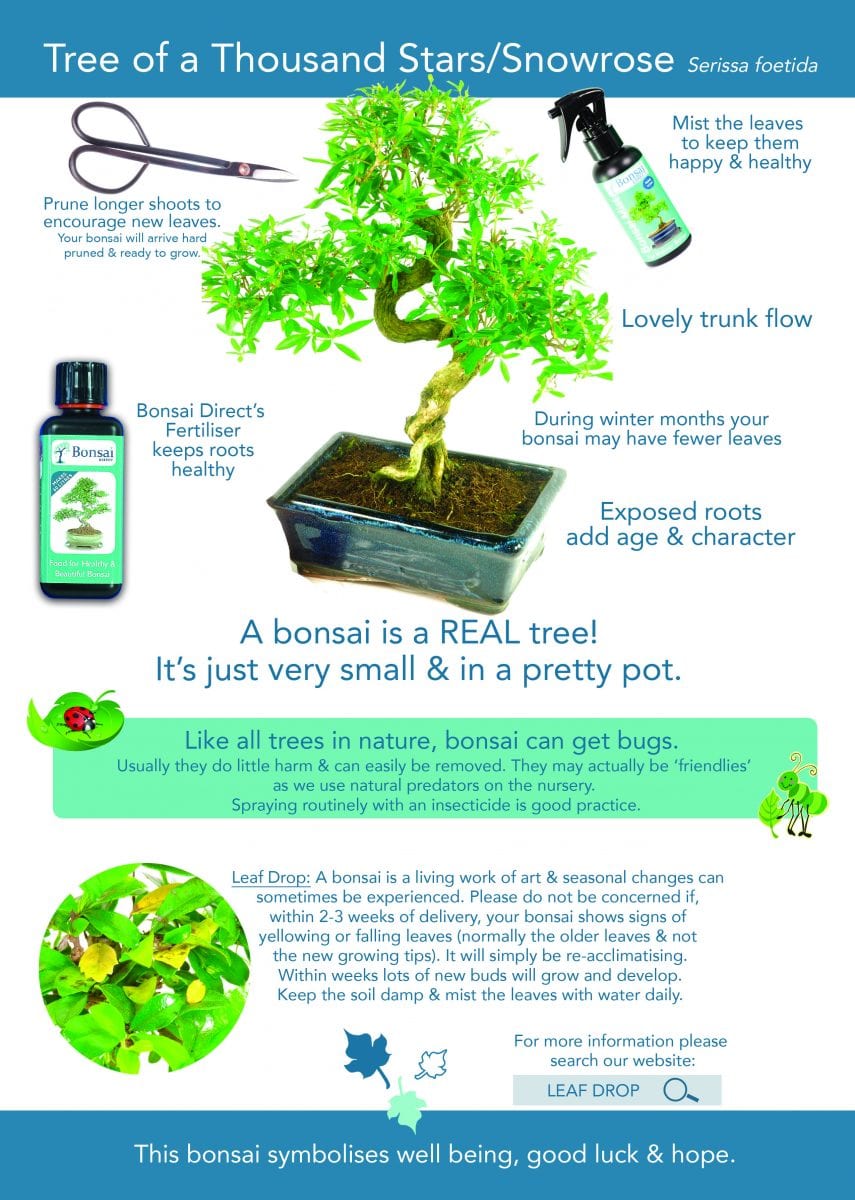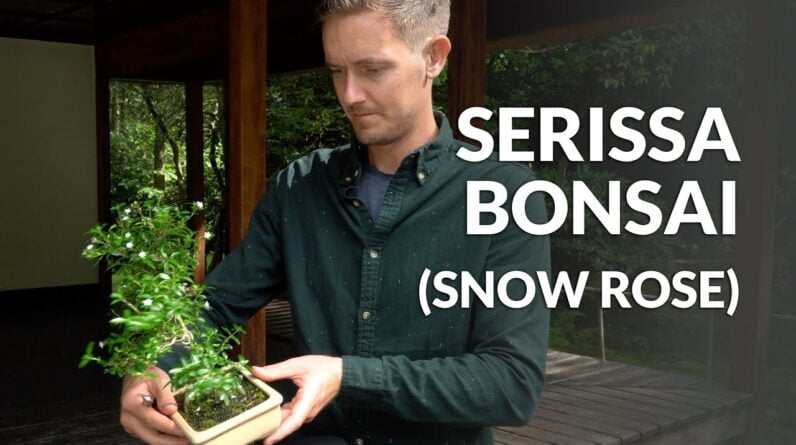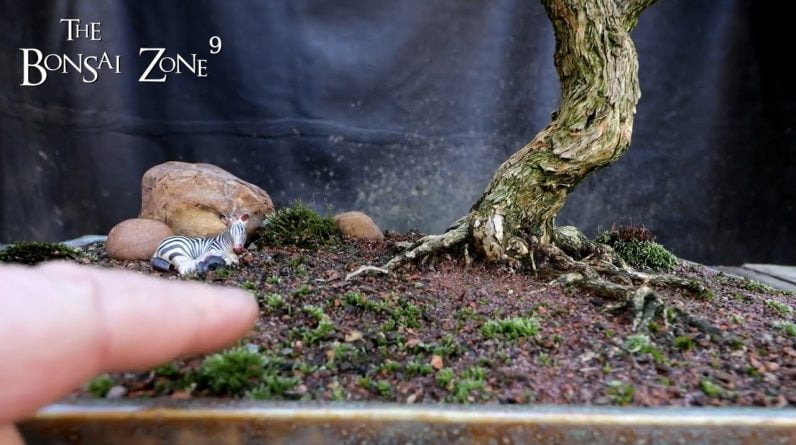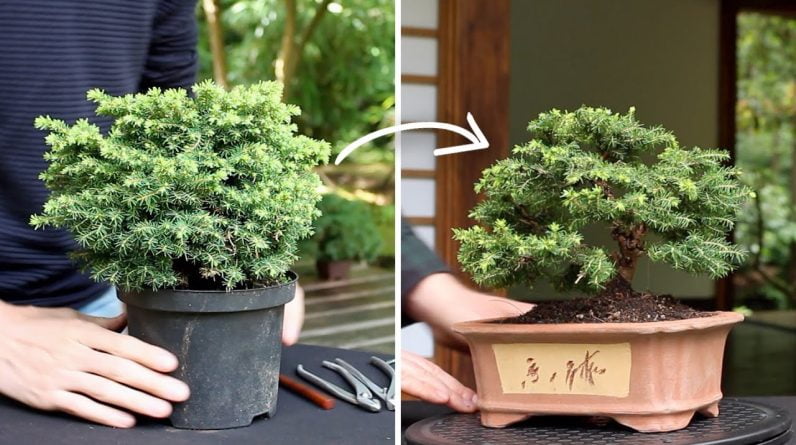Looking to learn how to take care and grow a healthy Serissa Bonsai? Well, you’ve come to the right place! In this article, we will provide you with all the essential guidelines and information to ensure the health and beauty of your Serissa Bonsai tree.
We’ll cover topics such as the best fertilizer to use, common diseases to watch out for, different types of Serissa, preferred sun or shade conditions, and much more.
So, whether you’re a beginner or an experienced bonsai enthusiast, this comprehensive guide will help you nurture your Serissa Bonsai and create a stunning masterpiece. Let’s get started!

General Information
Serissa Bonsai, also known as Serissa foetida, is a beautiful and delicate bonsai tree that is native to Southeast Asia. It is highly favored by bonsai enthusiasts for its small, glossy leaves, delicate white flowers, and the ability to produce fruit. With proper care and maintenance, Serissa Bonsai can thrive and add a touch of elegance to any indoor or outdoor space.
Types of Serissa
There are several different types of Serissa Bonsai, each with its own unique characteristics and requirements. Some of the most common types include:
- Serissa foetida: This is the most popular and widely cultivated type of Serissa Bonsai. It is known for its small, star-shaped white flowers and its ability to bloom throughout the year.
- Snow Rose Serissa: This variety of Serissa Bonsai is known for its stunning, rose-like pink flowers. It is a favorite among bonsai enthusiasts for its vibrant and eye-catching blooms.

Serissa Bonsai Care Guidelines
Taking care of Serissa Bonsai requires a combination of knowledge and patience. Here are some essential care guidelines to help ensure the health and vitality of your Serissa Bonsai:
Sunlight
Serissa Bonsai thrives in bright, indirect sunlight. It is best to place your bonsai in a location where it can receive at least 4-6 hours of sunlight per day. However, it is important to protect your bonsai from intense afternoon sun, as it can cause leaf burn.
Temperature
Serissa Bonsai prefers a moderate climate with temperatures ranging from 60 to 70 degrees Fahrenheit (15 to 21 degrees Celsius). It is crucial to protect your bonsai from extreme temperature fluctuations, as they can stress the plant and affect its overall health.
Humidity
Serissa Bonsai thrives in high humidity environments. It is recommended to regularly mist the leaves with water to increase humidity levels around the bonsai. Additionally, placing a humidity tray filled with water near the bonsai can help create a more favorable growing environment.
Watering
Proper watering is essential for the health of your Serissa Bonsai. It is important to keep the soil evenly moist, but not waterlogged. To determine when to water, check the moisture level of the soil using your finger or a moisture meter. If the top inch of soil feels dry, it is time to water your bonsai.
Fertilizing
Serissa Bonsai should be fertilized regularly during the growing season, which is typically from spring to fall. Choose a balanced liquid fertilizer specifically formulated for bonsai trees and follow the instructions on the packaging for proper application. Be careful not to over-fertilize, as it can lead to nutrient burn and damage the roots.
Pruning
Pruning is an essential aspect of Serissa Bonsai care. Regular pruning helps maintain the desired shape and size of the bonsai, as well as promote new growth. Use sharp bonsai pruning shears to carefully remove dead or yellowing leaves, as well as any branches that are crossing or growing in undesirable directions.
Repotting
Serissa Bonsai should be repotted every two to three years to ensure optimal root health and growth. Repotting is typically done in early spring before the bonsai enters its active growing season. Use a well-draining bonsai soil mix and gently remove the bonsai from its current pot. Trim any excess roots and place it in a slightly larger pot, making sure to spread out the roots evenly.
Pests and Diseases
Like any plant, Serissa Bonsai is susceptible to pests and diseases. Some common pests that can affect Serissa Bonsai include aphids, mealybugs, and spider mites. Regularly inspect your bonsai for any signs of infestation, such as sticky residue, webbing, or distorted leaves. If pests are present, treat them with a suitable insecticide or use natural pest control methods.
Training and Shaping
Serissa Bonsai can be trained and shaped through wiring and pruning techniques. Wiring allows you to guide the growth of branches and create desired shapes, while pruning helps maintain the bonsai’s overall form. It is important to be patient and take care not to damage the branches or trunk when applying wiring or pruning techniques.
Overwintering
During the winter months, Serissa Bonsai should be protected from freezing temperatures. It is recommended to bring your bonsai indoors or place it in a sheltered area, such as a greenhouse or garage. Maintain a cool but frost-free environment and reduce watering and fertilization during this dormant period.

Best Fertilizer for Serissa
When it comes to fertilizing Serissa Bonsai, using a balanced liquid fertilizer specifically formulated for bonsai trees is the best option. Look for a fertilizer with an NPK ratio of 10-10-10 or a similar balanced formulation. Dilute the fertilizer according to the instructions on the packaging and apply it to your bonsai every two to four weeks during the growing season.

Common Diseases of Serissa
Despite proper care, Serissa Bonsai can still be prone to certain diseases. Some common diseases that affect Serissa Bonsai include:
- Root rot: This is caused by overwatering or poor drainage, leading to fungal infections and root decay. To prevent root rot, ensure proper watering and use well-draining soil.
- Leaf spot: Leaf spot is often caused by fungal or bacterial infections. It presents as dark spots or lesions on the leaves. Prune affected leaves and treat with a suitable fungicide or bactericide.
- Mealybug infestation: Mealybugs are small, white, cotton-like insects that feed on the sap of plants, causing leaf yellowing and stunted growth. Treat infestations with appropriate insecticides or use natural controls such as neem oil or insecticidal soap.

Main Takeaway
Serissa Bonsai is a beautiful and captivating tree that requires proper care and attention to thrive. By following the care guidelines outlined in this article, you can ensure the health and vitality of your Serissa Bonsai and enjoy its stunning beauty for years to come.
Remember to provide adequate sunlight, maintain proper temperature and humidity levels, water and fertilize correctly, and regularly prune and shape your bonsai.
With patience and dedication, your Serissa Bonsai will flourish and become a cherished addition to your home or garden.
Creativity in writing is becoming a scarcity.
Between the constant temptation to dance for the algorithm and the staggering advance of artificial intelligence, our world is spiraling into what I believe to be a creative crisis.
For us to remain an emotionally-aware race, while at the same time pushing humanity forward, we must cultivate and champion creativity both in ourselves and in the generations to come and write as we feel.
This is why I’m dedicating the next decade of my life to exploring the subject of creativity as both an artist and teacher.
I hope you enjoy my content
Best
James
My Bonsai Journey







